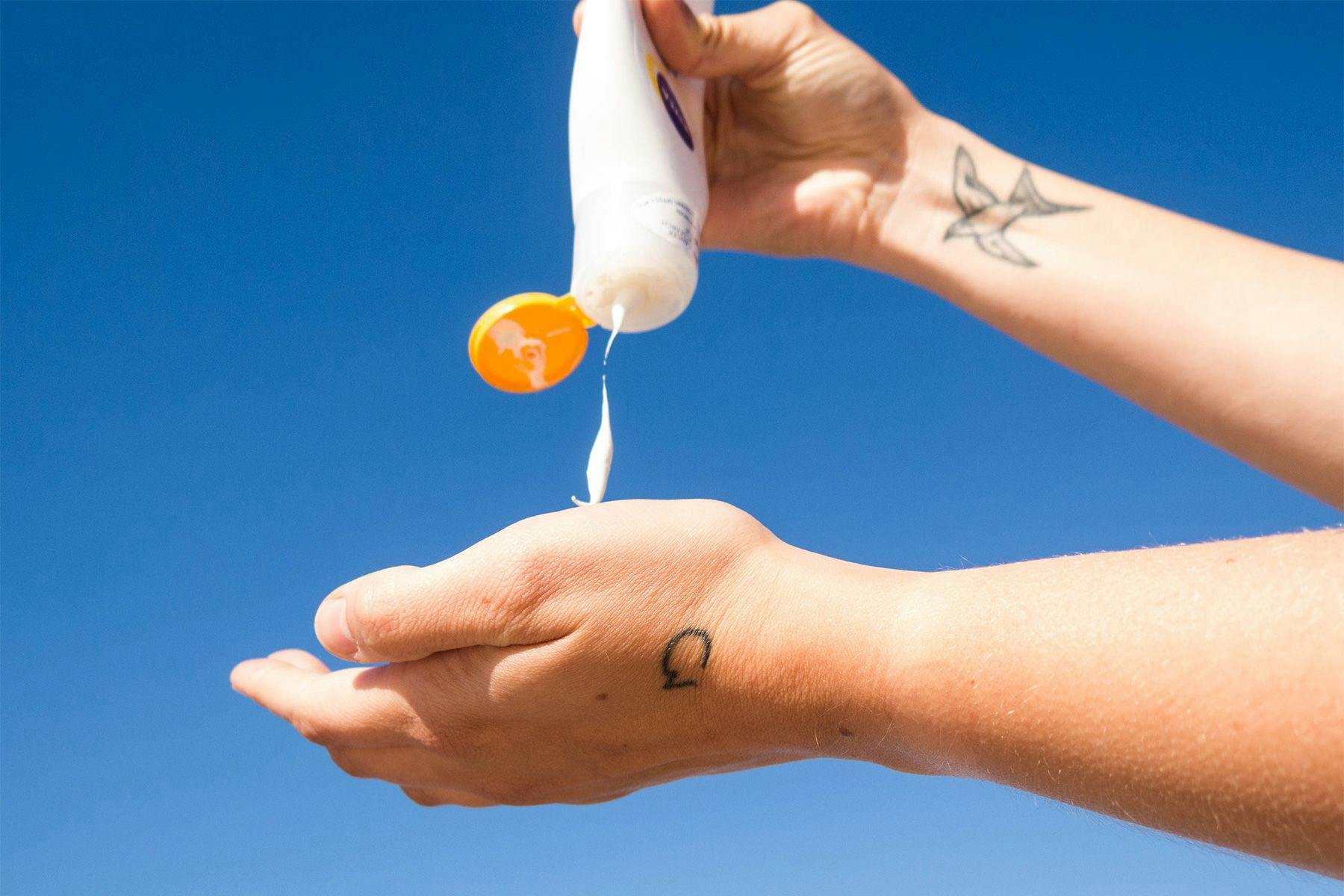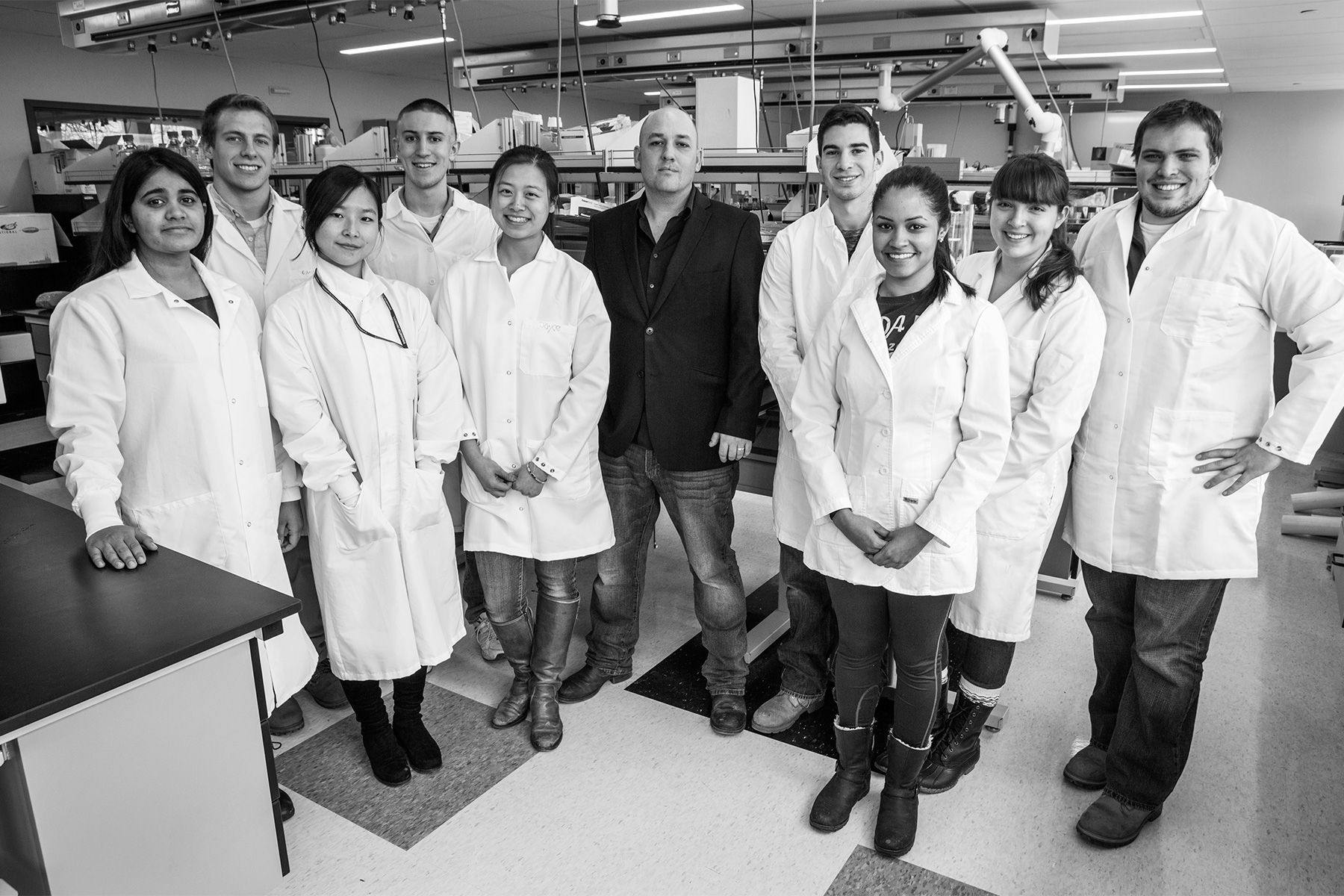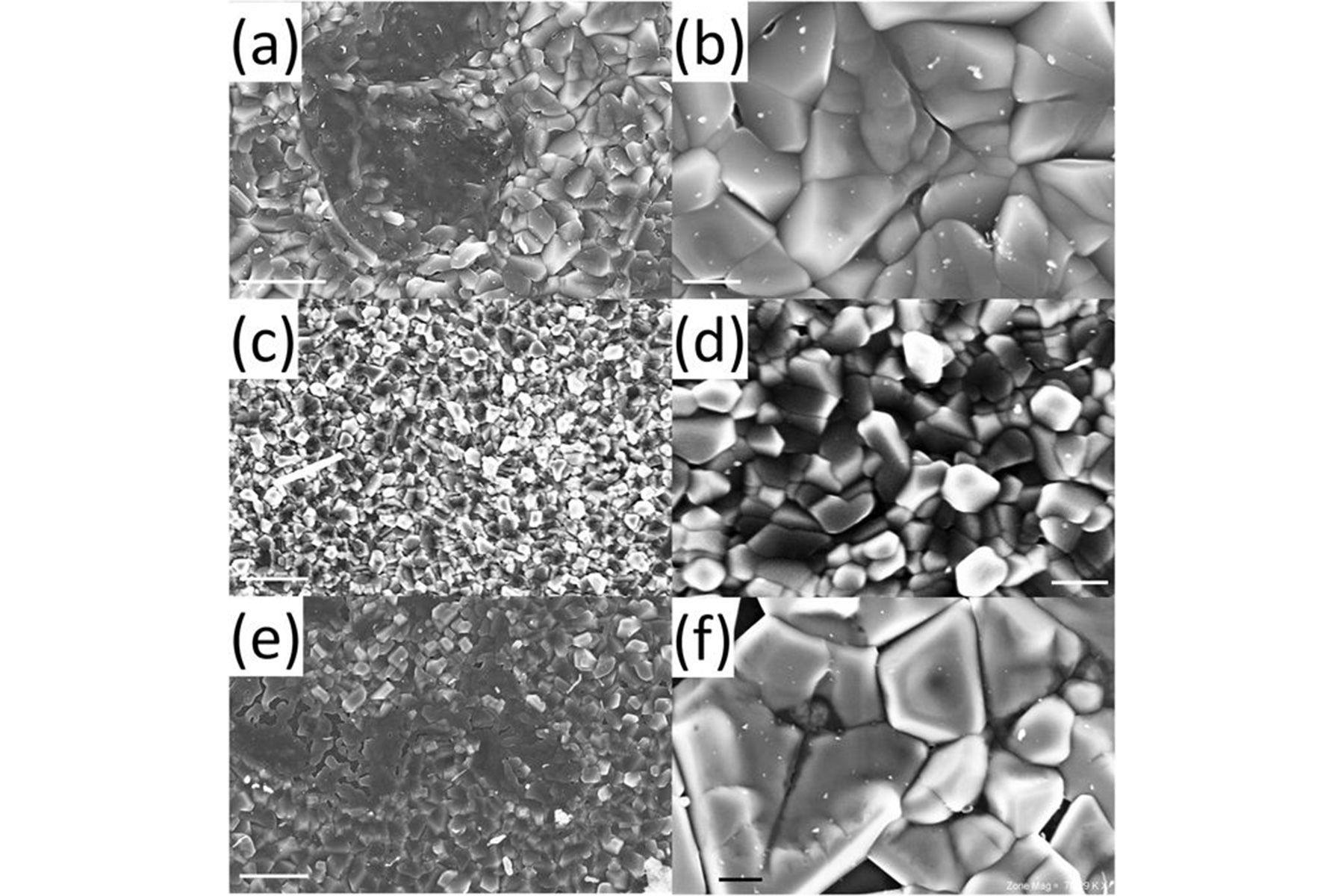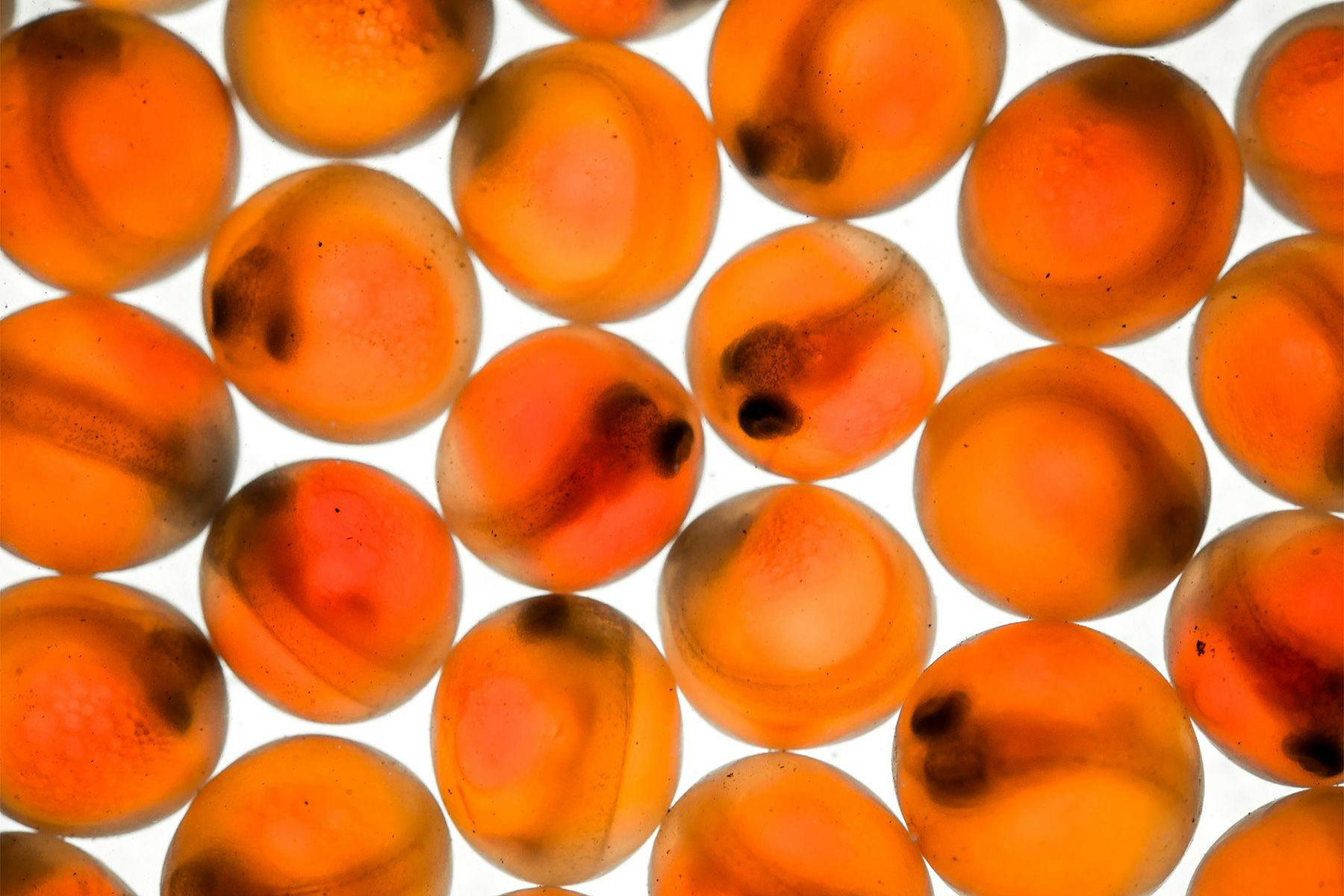Health and Wellbeing, Science & SkepticismThe Science of Sunscreen

Could UV-Resistant DNA Produce the Sunscreen of the Future?
Being a surfer can come at a price: There are wipe-outs, excess baggage airline fees, rashes and – if one is lucky enough to be in a tropical setting – the danger of sunburn. This horribly hot sensation, unwillingly acquired by those who spent far too much time under the sun “unprotected”, lingers for days. It is uncomfortable, unhealthy, and often prevents us from paddling out for another session, leaving us to soak in a couch instead of in a wave-filled sea. It’s no news that there are inexpensive and accessible strategies for avoiding sunburn: wearing a rash vest or t-shirt, refraining from elongated exposure and timing surf hours (which may depend on the particular spot or tide) to avoid the hottest periods of the day, are well-known alternatives. Still, the use of sunscreen is probably the most common method, especially considering the warm water temperature in the tropics.

Lotions, sprays, or gels employs substances that are composed of molecules which are able to reflect (physical blockers) or absorb (chemical filters), partially or completely, UV spectrum radiation, reducing the amount of UV photons that infiltrates the skin. Such trait consequently prevents sunburns, oedema, squamous cell carcinomas, and even wrinkles. Yet, most of us are guilty of being careless about the consequences of an overdone tan. Still, whatever the amount of lotion you squeeze out of the tube, or the SPF level you may choose, sunscreen products will only work when applied correctly and frequently. For surfers, who are often active in the water, these are factors that can be often overlooked, but nevertheless are crucial in order to maintain the efficiency of the SPF claimed – guidelines that, according to the International Agency for Research on Cancer of the World Health Organization, most people don’t follow. Studies show that the amount of sunscreen applied varies from 0 to 1.2mg/cm2 which is lower than the 2mg/cm2 used for determining SPF. Another discussion that arises from regular sunscreen usage, is the alleged impact on the marine environment – more specifically the damages caused by Oxybenzone (a common ingredient to most sunscreen lotions) on coral reef communities.

Both the environmental effects and regularity with which conventional sunscreens need to be reapplied (at least every two hours) have been the leading motivation for continuous research in order to optimize the formula of sunscreens both to human and environmental health. It may still be too early to say, but a study published in July last year did shine a light (literally) on the world of sunscreen products and, consequently, on the world of surfing.

Led by Dr. Guy German, a biomedical engineer at Binghamton University in New York, a group of researchers experimented with DNA from the sperm cells of male salmon by mixing it with water and ethanol and letting it dry on glass plates. Once the alcohol solvent evaporated, the DNA molecules congregated into a thin film that was later placed under a UV light generator to see how well it blocked the harmful rays. This particular kind of DNA blocked up to 90 percent of UVB rays (wavelength responsible for sunburns), and up to 20 percent of the UVA rays (wavelength associated with cases of skin cancer).

Figure 1.
But what really caught their attention was the fact that the longer the light shone down on the DNA film, the stronger it got (Figure 1) – which is the contrary of how usual sunscreens behave. One theory is the possibility that UV rays trigger the creation of even more connections between the film’s DNA molecules. Another hypothesis could be that sunlight alters the DNA molecules causing them to absorb more light – but more research is needed to find out the real cause for such behavior.

Figure 2.
Despite the potential for being a non-toxic sunblock, a challenge that this DNA film faces is its actual film-form, which is different from most sunscreen products whose active ingredients are mixed into lotions. The team has also been working to find out how water-resistant the film could be and although the substance at hand is not a sunscreen per-se, it could help in the development of more efficient sunscreens. That would mean great news for ocean-users, as it would ultimately tackle the issue many of us face of having to constantly get out of the water to re-apply sunscreen, or avoid the risk of sunburns altogether.

Figure 1: DNA film structure. Scanning electron micrographs of (a,b) a 0.0031?mg/mm2 surface density DNA film exposed only to ambient UV light, (c,d) a 0.0031?mg/mm2 DNA film irradiated with a dosage of 320?J/cm2 UVA light (365?nm), and (e,f) a 0.0031?mg/mm2 DNA film irradiated with a dosage of 320?J/cm2 UVB light (302?nm). Scale bars in the left and right columns of images respectively denote 2??m and 400?nm.
Figure 2: Effects of UVB irradiation. Absorbance (left column) and transmission (right column) plotted against wavelength, ?, for films with a surface density of 0.0031?mg/mm2 (top row), 0.0124?mg/mm2 (middle row) and 0.031?mg/mm2 (bottom row). Each of the panels (a–f) display the average (n?=?3 individual films for each dosage) absorbance or transmission spectrum prior to UVB irradiation (Control: red circle) and after UVB dosages of 80?J/cm2 (green triangle), 160?J/cm2 (black inverted triangle) and 320?J/cm2 (blue square). Standard deviations in all cases are smaller than the symbol size a.
The author and Surf Simply would like to thank Dr. Guy German and Dr. Amber Doiron for their assistance with this article, and we are incredibly grateful to underwater photographer Eiko Jones Photography for allowing us to share his incredible imagery.